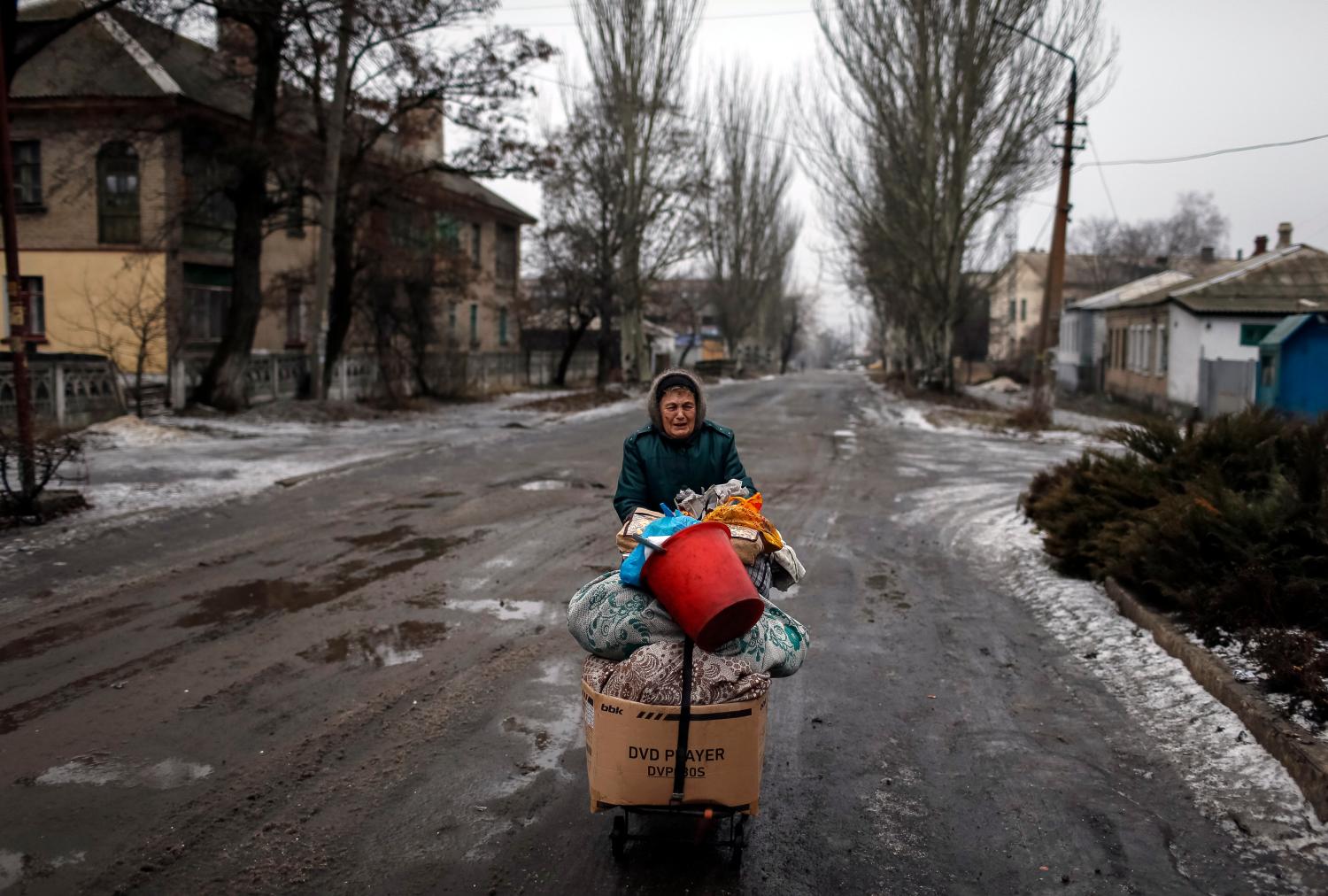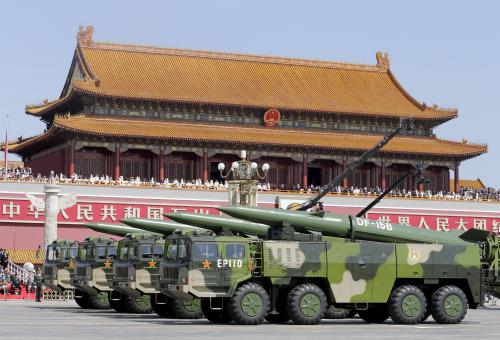Internal displacement is a new phenomenon in Ukraine. Until March 2014, the country’s experience with forced migration had been limited to relatively small numbers of refugees. The first wave of internal displacement occurred in March 2014 and in one year the official number of registered internally displaced persons (IDPs) has climbed to over 1.255 million. Any government faced with such a rapid and large-scale population displacement would be hard-pressed to respond quickly and effectively. This study on the Ukrainian government’s response is intended to provide guidance to the government and its supporters to respond to the challenges of IDPs, both in the emergency phase and in the longer-term. And unfortunately experience suggests that displacement is likely to become long-term.
While people in most conflict situations flee their homes with the expectation that they will be able to return quickly, continued conflict or stalemate means that they remain displaced far longer than anyone anticipated. Measures adopted at the height of the crisis to provide immediate emergency assistance have a way of remaining in place over a period of years. The Ukrainian government would be well-advised to not only develop and implement policies to assist and protect IDPs now but to plan for the possibility that these measures will need to last for some time.
We suggest that the following issues be prioritized by the government of Ukraine and by the country’s supporters:
Firstly, name an appropriate focal point within the government for IDP issues and give it the necessary authority to play a leadership role on a range of issues. Having a champion within the government can facilitate the development of legislation, the mobilization of resources, and the raising of awareness. Ideally, this focal point would work with civil society organizations and with the Ukrainian national human rights institutions that are already functioning fairly well.
Secondly, invest in training of government officials, including on basic international standards on IDPs, on components of good policy-making, and on direct service provision. Unfortunately there are 50 countries in the world with significant numbers of people displaced by conflict and thus a wealth of experience in approaches and programs that work and those that do not.
Thirdly, put the focus of IDP policies and programs on finding durable solutions and finding them now. The present situation in Ukraine, with over 1.2 million IDPs and a simmering conflict, has all the ingredients for protracted displacement that could last years or even decades. The governments of virtually all the 40 or so countries with protracted IDP situations lament, at least privately, that they didn’t get around to thinking about solutions until several years into the crisis, at the earliest. By this time, everything becomes more complicated, expensive, and difficult. Set up a task force to consider alternative durable solutions, commission some research into the feasibility of different scenarios, and encourage international and local civil society organizations to leave no stone unturned now – to set the stage for finding durable solutions for those displaced in Ukraine by forces beyond their control.




